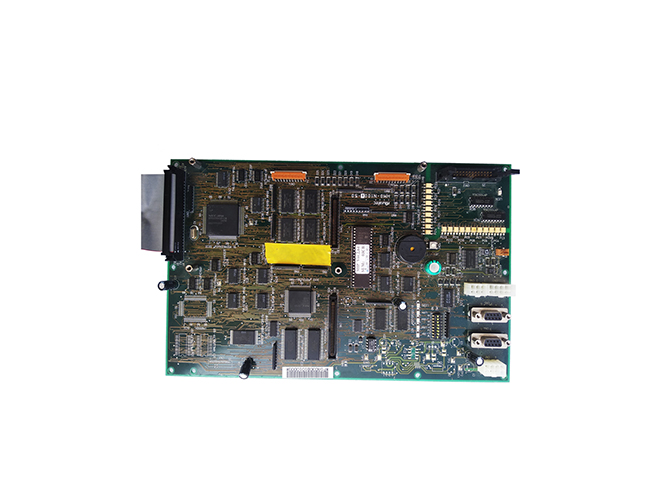-
CN
-
Service Hotline
+8618129931046 Mr. Liao


Time:2025-05-08 Views:1

The demand for customized lead - free environmentally - friendly printed circuit boards (PCBs) has grown exponentially in recent years, driven by both environmental regulations and a growing awareness of sustainability in the electronics industry. Lead, a toxic heavy metal previously used in solders and other PCB components, poses significant risks to human health and the environment when released into landfills or ecosystems. As a result, regulations such as the Restriction of Hazardous Substances (RoHS) directive in Europe have mandated the use of lead - free materials in electronic products.
Customizing lead - free PCBs involves several considerations. First and foremost is the selection of lead - free solder alloys. Traditional tin - lead solders have been replaced with alternatives such as tin - silver - copper (SAC) alloys. These alloys have different melting points, wetting properties, and mechanical characteristics compared to tin - lead solders, which require adjustments in the soldering process. Manufacturers need to optimize soldering temperatures, reflow profiles, and soldering times to ensure reliable joints without sacrificing the integrity of the PCB and components.
In addition to solders, other materials used in PCB manufacturing, such as laminates, adhesives, and surface finishes, must also be lead - free and environmentally friendly. For example, lead - free surface finishes like electroless nickel immersion gold (ENIG) or organic solderability preservative (OSP) are commonly used instead of lead - containing finishes. These surface finishes not only provide good solderability but also protect the copper traces from oxidation.
Customization of lead - free PCBs also extends to the design stage. Designers need to take into account the different thermal and mechanical properties of lead - free materials. For instance, the higher melting point of lead - free solders may require more robust component packaging and PCB designs to withstand the increased heat during soldering. Moreover, customers may have specific requirements regarding the environmental impact of the PCB, such as the use of recycled materials or compliance with certain environmental certifications. Manufacturers work closely with customers to meet these customized needs, from material selection to the final manufacturing process. Customized lead - free environmentally - friendly PCBs not only comply with regulatory requirements but also contribute to a more sustainable electronics industry, reducing the environmental footprint of electronic products throughout their lifecycle.